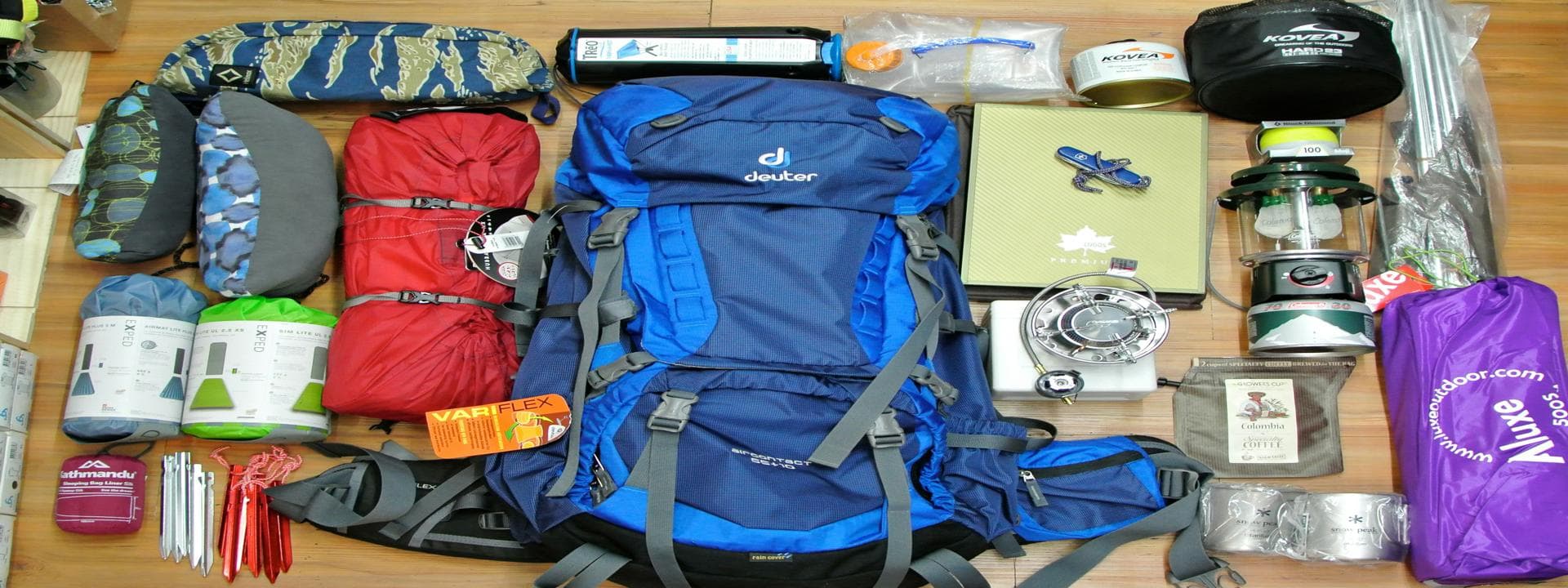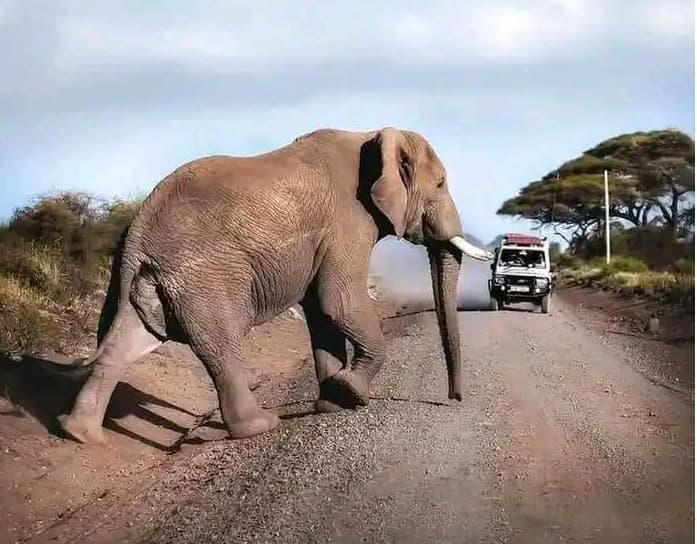Trekking in Nepal is a bucket-list experience for adventurers around the world. Whether you’re heading to Everest Base Camp, the Annapurna Circuit, or Langtang Valley, packing smart is key to having a successful and comfortable trek.
To help you prepare, we’ve created the ultimate Nepal trekking packing list covering everything from clothing to gear, toiletries, and travel documents. This guide is designed for multi-day treks in Nepal’s Himalayan region and considers both teahouse trekking and camping treks.
Packing for a trek in Nepal requires thoughtfulness and preparation. By considering the unique challenges of high-altitude trekking and the variable climate, you can ensure you pack all the essentials needed for a successful adventure. Equip yourself with the right clothing, gear, and personal items, and you'll be well on your way to an unforgettable trekking experience in one of the world’s most magnificent countries.
Below, we present a comprehensive packing list that combines comfort, safety, and convenience, ensuring your trekking experience is as enjoyable as possible.
What to Pack for Himalayan Treks?
-
Essential Trekking Gear
These are the must-have items for any high-altitude trek in Nepal.
- Backpack (40–50L): A strong, weather-resistant pack with a rain cover.
- Daypack (20–30L): For daily use — carry water, snacks, camera, jacket.
- Sleeping Bag (rated -10°C to -20°C): Essential for cold nights in the mountains.
- Trekking Poles: Reduces stress on knees and improves balance.
- Headlamp with extra batteries: Useful for early morning starts or power cuts.
- Water bottles or hydration bladder (2L+): Stay hydrated; consider reusable options.
- Water purification tablets or filter: Many remote areas have untreated water.
-
Clothing
Nepal’s mountain weather can change quickly. Dress in layers you can add or remove easily.
-
Base Layer (Moisture-wicking)
- 2–3 thermal tops
- 2–3 thermal bottoms
-
Insulating Layer
- Fleece or down jacket (lightweight and warm)
- Down vest (optional for extra warmth)
-
Outer Layer
- Waterproof & windproof jacket (Gore-Tex or similar)
- Waterproof pants
-
Trekking Clothes
- 2–3 trekking shirts (quick-dry)
- 2–3 trekking pants (lightweight and durable)
- 1 set of warm clothes for the evening
- 1 pair of shorts (optional)
-
Underwear & Socks
- 3–5 pairs of moisture-wicking socks
- 3–5 pairs of underwear (quick-dry)
- 1–2 sports bras (for women)
-
Accessories
- Warm hat/beanie
- Sun hat or cap
- Buff or neck gaiter
- Lightweight gloves
- Insulated gloves for cold conditions
-
Footwear
- Trekking boots: Waterproof, broken-in, with good ankle support.
- Camp shoes or sandals: For relaxing in the teahouse after trekking.
- Gaiters (optional): Useful during snow or muddy trails.
-
Toiletries & Personal Items
- Toothbrush, toothpaste
- Biodegradable soap/shampoo
- Wet wipes and hand sanitizer
- Sunscreen (SPF 50+) and lip balm with SPF
- Quick-dry towel
- Toilet paper (not always available in teahouses)
- Feminine hygiene products (if needed)
- Nail cutter, tweezers, small mirror
-
First Aid Kit & Medication
- Basic first aid kit (band-aids, antiseptic, blister plasters)
- Pain relievers (ibuprofen, paracetamol)
- Diamox (for altitude sickness – consult a doctor)
- Personal medications (with prescription if needed)
- Electrolyte powders or rehydration salts
-
Documents & Money
- Passport (with photocopies)
- Nepal visa (can get on arrival or pre-apply)
- TIMS card and trekking permits (We provide you during the trip)
- Travel insurance (with trekking coverage for emergency evacuation)
- Some local currency (NPR) – ATMs not available in remote areas
- Passport-sized photos (For Permit, You can send thru Email)
-
Snacks & Miscellaneous
- Trail mix, energy bars, dry fruits
- Reusable cutlery or cup
- Small notebook and pen
- Ziplock bags (for organizing items or storing trash)
- Lightweight book or Kindle
- Travel laundry detergent and cord (optional)
-
Pro Tips for Trekking in Nepal
- Pack light: Porters usually carry up to 10–15 kg per person.
- Weather-ready: Expect cold mornings, warm days, and possible rain or snow.
- Don’t forget travel insurance with emergency evacuation.
- Leave space in your backpack for souvenirs or extra layers picked up en route.
Have questions or want a personalized packing checklist? Feel free to comment below or contact us for expert trekking advice!




